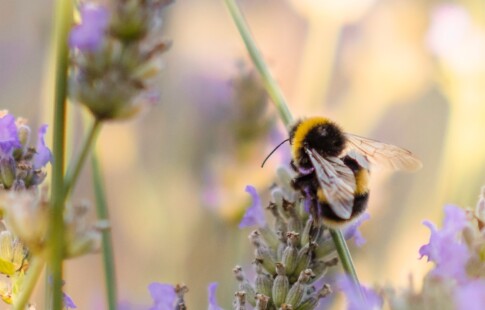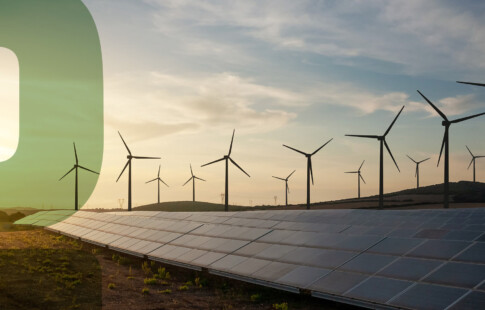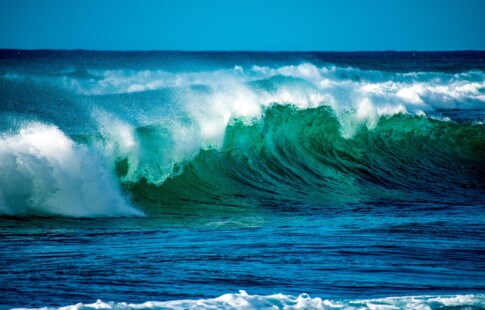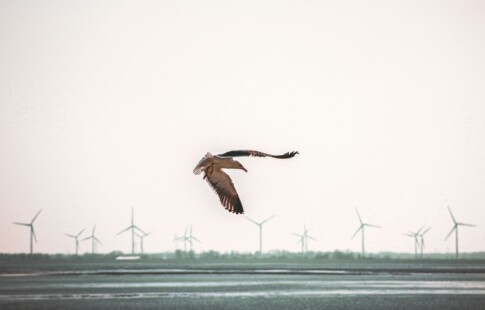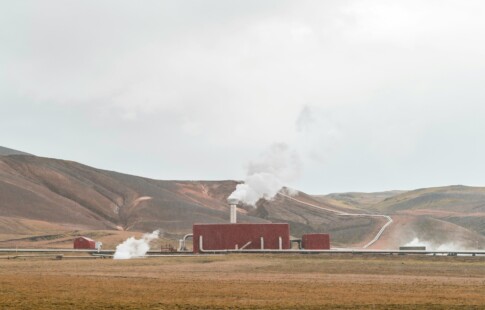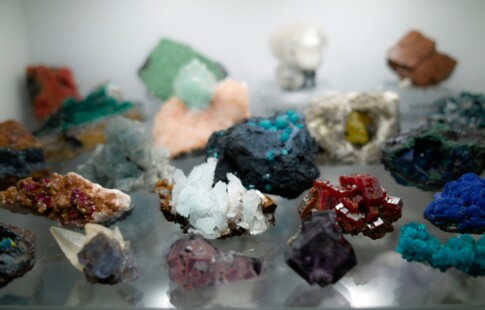
Interesting Facts About Wind Energy
We are reader-supported. When you buy through links on our site, we may earn affiliate commission.
When you drive down the highway through rural areas, you may see large fan-like structures in the distance. These devices help humanity access sustainable power alternatives that shrink our carbon footprints. Rather than releasing additional pollution into the environment, we can harness the wind to generate clean electricity.
Other than cooling us off on warm summer days, the breeze can benefit humanity in various ways. The efficient production of renewable energy makes wind power a sufficient source of green electricity. When we adopt this form of power to fuel our lives, we can effectively converse natural resources.
What is Wind Energy?
The first recorded use of wind energy was on boats in the Nile River. In 5,000 BC, people mounted propellers on the back of their ships that pushed the boat as the breeze blew. Nearly 4,800 years later, China developed wind-powered pumps to move water and windmills to grind grain.
In the 11th century, Middle Eastern farmers used windmills and pumps solely to produce the main food supply. Americans eventually adopted these practices, using windmills to cut wood at sawmills. By the early 1900s, we developed small devices that transferred wind energy into electricity.
These devices developed into the modern-day wind turbine. The renewable energy system uses big blades to capture energy in the wind, inducing a circular motion. A control system reads the wind directionality and points the blades at a specific angle. The gearbox connects the shaft and blades to an electrical generator.
We utilize these electricity-generating devices to limit greenhouse gas emissions contributing to environmental degradation. Our conventional energy sources rely on burning fossil fuels for power production. This system produces the enhanced greenhouse effect.
The Enhanced Greenhouse Effect
The Earth relies on a natural warming process to maintain sufficient life temperatures on its surface. Its atmosphere contains specific elements that absorb the sun’s energy and convert it into heat. When the planet’s temperature increases to an adequate degree, the warmth releases back into space.
As humans emit air pollutants into the atmosphere, they interfere with this organic balance. Greenhouse gases convert sunlight into heat at a higher rate. They also trap the sun’s energy on Earth, restricting its release into space. When we emit large quantities of gases into the environment, they raise the global temperature over time.
How Much Energy Comes from Wind Power?
To limit the number of greenhouse gases accumulating in the atmosphere, we can utilize wind turbines to source clean energy. These devices contribute 7.3% of renewable power to the U.S. America uses 17% of its electricity from green sources, so wind power is responsible for a large quantity of energy.
This number could increase if we reduce some of the downfalls of wind turbines. Each device relies on specific weather patterns that are out of our control. It is difficult to predict the exact amount of electricity a turbine will produce on a given day.
Outside of their consistency, wind turbines also generate loud noises that may disturb residents in their area. Their big blades rotate at high speeds, creating a noisy vortex. The blades also threaten nearby wildlife.
Birds and bats can accidentally fly into the blades, harming and sometimes killing them. If companies erect the turbines in untouched land, they can destroy natural habitats. Fortunately, scientists are working on developing less destructive technology to access wind energy.
How Efficient Are Turbines?
Wind turbines have a high-efficiency rate compared to other renewable technology today. The device’s maximum efficiency rate is 59%, and the average rate is 50%.
Society relies on solar panels to source the majority of residential renewable energy. These sleek devices are more appealing to homeowners than installing a wind turbine in their front yards. In comparison, the efficiency rate of a solar panel is 22%, making it significantly less effective than turbines.
Can We Recycle Wind Turbines?
One major issue with wind energy is our inability to recycle turbines. The U.S. disposes of 8,000 blades annually, which end up in landfills. Companies collect the wind turbine components, hack them up and bury them in designated regions. These pieces do not degrade and contribute to pollution.
Nearly 70% of Americans believe that we will rely on 100% renewable energy in the near future. In response to this demand, scientists developed a sustainable solution to wind energy sourcing.
Innovators constructed a new wind harnessing technology that is less invasive to surrounding ecology and produces less waste. The devices contain no blades, and instead, it consists of a cylinder attached to an elastic rod. It oscillates to create its own wind energy and has no attachments to a space-consuming shaft.
What is Next?
Society has relied on wind power for centuries, and our connection is not ending any time soon. Rather than giving up on turbines for their few disadvantages, we can continue to research new solutions to their problems. When we adopt new renewable energy technologies, we can successfully shrink the global carbon footprint and protect the planet.
Share on
Like what you read? Join other Environment.co readers!
Get the latest updates on our planet by subscribing to the Environment.co newsletter!
About the author

Jane Marsh
Starting from an early age, Jane Marsh loved all animals and became a budding environmentalist. Now, Jane works as the Editor-in-Chief of Environment.co where she covers topics related to climate policy, renewable energy, the food industry, and more.
